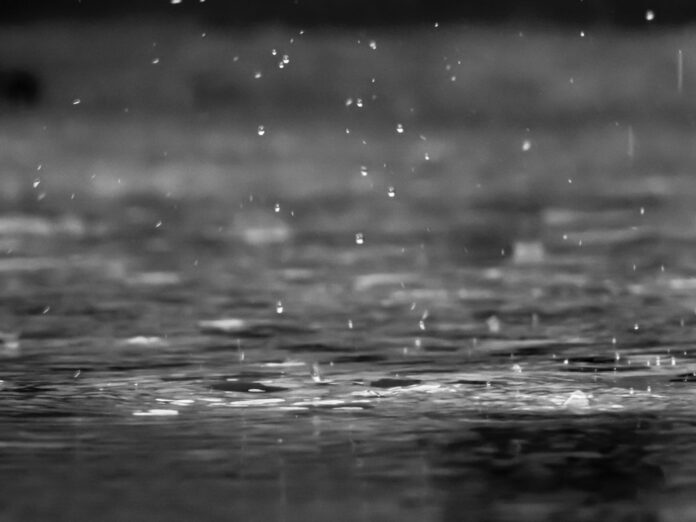Rainwater harvesting is an ancient practice that is gaining renewed interest due to modern technological advancements and increased environmental awareness. As potable water becomes scarcer and more valuable, innovative methods for collecting, filtering, and storing rainwater are becoming more critical.
Innovative Collection Systems
The first step in rainwater harvesting involves capturing precipitation effectively. Modern advances have led to the development of innovative collection systems that maximize water catchment while minimizing contamination. One such innovation is the modular rooftop collection system, which can be easily installed on existing structures. These systems are designed to increase the surface area for collection, allowing for more water to be gathered with each rainfall. Additionally, integrated gutter systems with debris shields ensure that the harvested water is cleaner from the start, reducing the burden on subsequent filtration stages.
Another advancement is the use of smart materials in collection systems. These materials can absorb more water than traditional surfaces and can even pull moisture directly from the atmosphere, including fog and dew. This technology is particularly useful in arid regions where rain is infrequent but atmospheric moisture is available. Furthermore, advanced collection systems are also being integrated into green infrastructure, such as permeable pavements and green roofs, which not only harvest rainwater but also contribute to urban cooling and increased biodiversity.
Lastly, the implementation of IoT (Internet of Things) technology in collection systems has led to the development of ‘smart’ rainwater harvesting. Sensors can now monitor rainfall, calculate potential water yield, and even divert rainwater to different storage solutions based on real-time analysis. This level of sophistication ensures that the maximum amount of rainwater is harvested while also optimizing the overall system’s efficiency.
Smart Filtration Technologies
Once rainwater is collected, it must be filtered to be suitable for use. Smart filtration technologies have advanced significantly, offering high levels of purification while being energy-efficient. One such technology is the use of ultrafiltration membranes, which can remove suspended solids, bacteria, and viruses from rainwater, making it safe for many uses. These systems are becoming increasingly compact and automated, allowing for easy integration into existing rainwater harvesting setups.
Another breakthrough in filtration technology is the development of bio-filtration systems. These systems use natural processes, such as biofilms grown on substrates, to remove contaminants from rainwater. They mimic natural ecosystems and can be highly effective at improving water quality. They often require less maintenance and can be a cost-effective solution for large-scale applications.
Additionally, smart monitoring systems have been integrated into filtration units to ensure water quality is maintained at all times. Real-time water quality sensors can detect a range of parameters, such as turbidity, pH levels, and the presence of specific contaminants. These systems can alert users to any issues with the water quality, ensuring that only clean, safe water enters the storage phase.
Efficient Storage Solutions
The final piece of the rainwater harvesting puzzle is storage. Efficient storage solutions are key to ensuring that harvested rainwater is available when needed and that the quality is preserved over time. One of the modern solutions is the use of modular water tanks that can be easily scaled up or down depending on demand. These tanks are made from durable materials that can withstand harsh environmental conditions and are designed to prevent algae growth and maintain water quality for extended periods.
Another innovation in storage is the use of underground tanks that can save space and preserve water at cooler temperatures, thus reducing the risk of evaporation and contamination. These tanks can be connected to a smart management system that regulates water usage based on current supply levels, weather forecasts, and consumption patterns, making the most of every drop harvested.
Lastly, multi-purpose storage solutions are emerging, which not only store rainwater but also contribute to energy conservation. For example, some tanks are equipped with solar panels that not only collect energy but also protect the water from direct sunlight. Additionally, there are systems where stored rainwater is used as a thermal mass to help regulate building temperatures, further enhancing the sustainability of the structure.
Modern advances in rainwater harvesting technology are revolutionizing the way we collect, filter, and store rainwater. Innovative collection systems are becoming more efficient and adaptable, smart filtration technologies are ensuring the purity of rainwater, and efficient storage solutions are optimizing the use of harvested water. These advancements are not only contributing to water conservation efforts but also promoting sustainable living practices. As environmental concerns continue to mount and the need for alternative water sources grows, these technological developments in rainwater harvesting are set to play a crucial role in securing water sustainability for the future.
